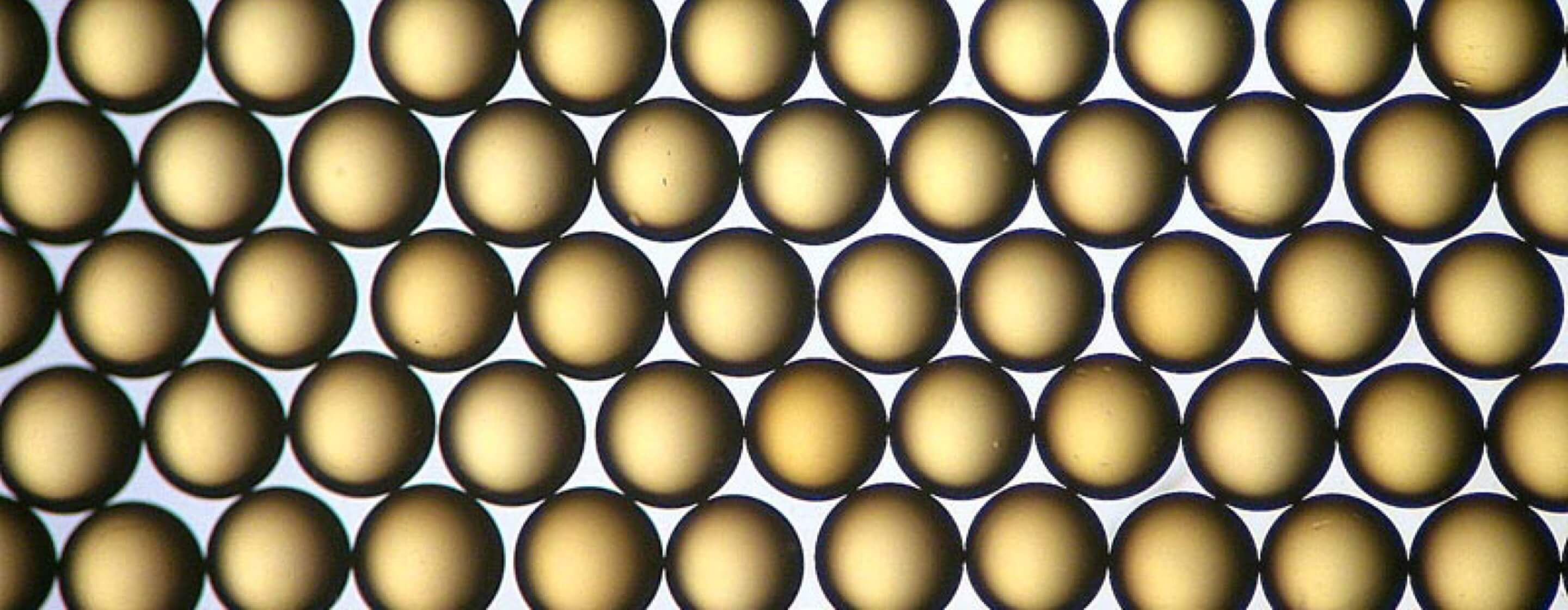广告位API接口通信错误,查看德得广告获取帮助
The IX resin functions this way because of its functional groups, which are essentially fixed ions that are permanently bound within the polymer matrix of the resin. These charged ions will readily bond with ions of an opposing charge, which are delivered through the application of a counterion solution. These counterions will continue to bond with the functional groups until equilibrium is reached. During an IX cycle, the solution to be treated would be added to the IX resin bed and allowed to flow through the beads. As the solution moves through the IX resin, the functional groups of the resin attract any counterions present in the solution. If the functional groups have a greater affinity for the new counterions than those already present, then the ions in solution will dislodge the existing ions and take their place, bonding with the functional groups through shared electrostatic attraction. In general, the greater the size and/or valency of an ion, the greater affinity it will have with ions of an opposite charge. Let’s apply these concepts to a typical IX water softening system. In this example, the softening mechanism consists of a cation exchange resin where sulphonate anion (SO3–) functional groups are fixed to the IX resin matrix. A counterion solution containing sodium cations (Na+) is then applied to the resin. The Na+ are held to the fixed SO3– anions by electrostatic attraction, resulting in a net neutral charge in the resin. During an active IX cycle, a stream containing hardness ions (Ca2+ or Mg2+) is added to the cation exchange resin. Since the SO3– functional groups have a greater affinity for the hardness cations than for the Na+ ions, the hardness ions displace the Na+ ions, which then flow out of the IX unit as part of the treated stream. The hardness ions (Ca2+ or Mg2+), on the other hand, are retained by the IX resin. (责任编辑:admin) |

